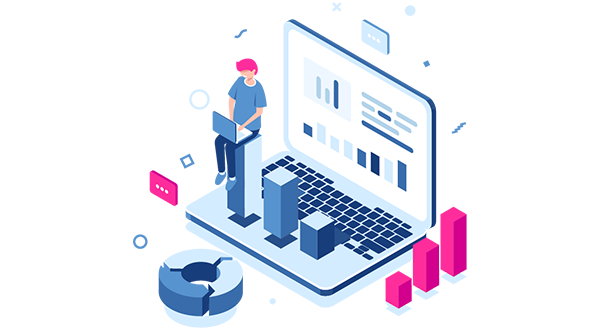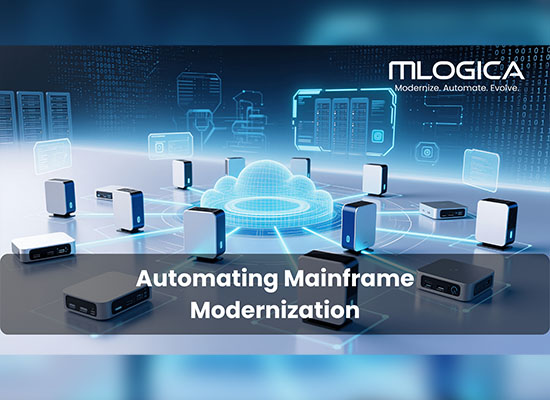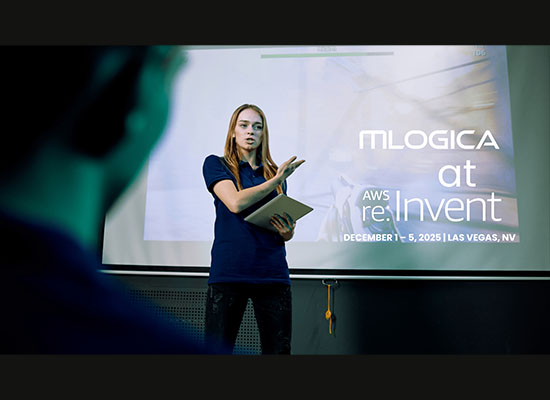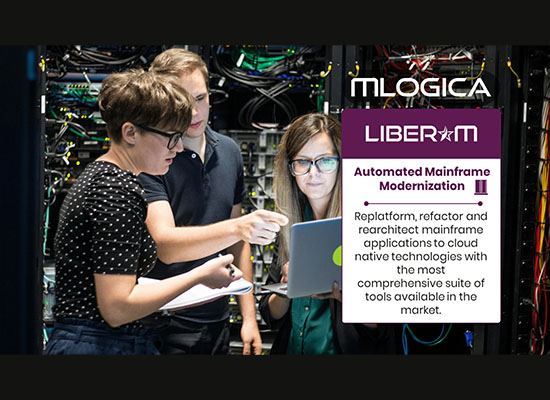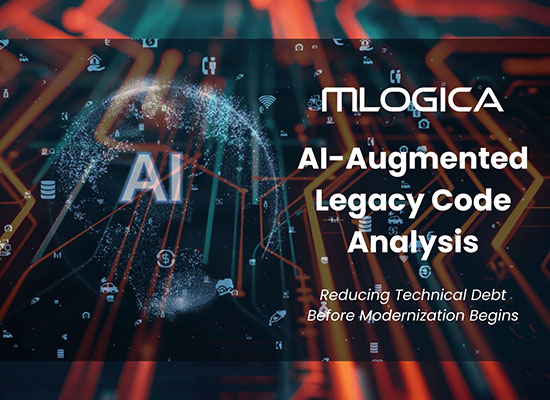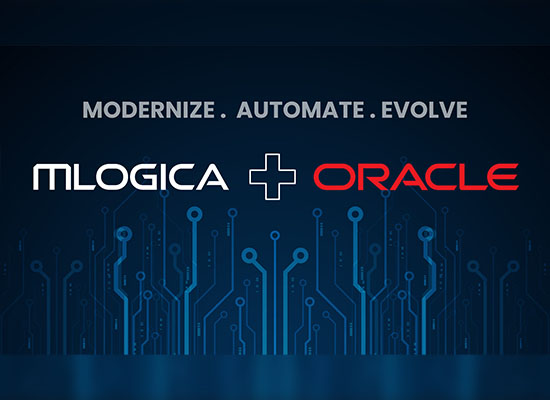

Blogs

Explore blogs
The latest insights, updates and new technology to enhance your business IT performance.
Anthony Nelson, VP, Public Sector Business Development
The Existential Risk of Inaction
I spend a significant portion of my week sitting across the table, or the screen, from CIOs and CTOs of the world’s largest commercial enterprises and state agencies.
The mLogica Migration Team
Charting the Next Frontier
As AWS re:Invent 2025 approaches, the modernization landscape stands at a pivotal juncture. Enterprises are moving beyond simple “migration” strategies and embracing modernization as a catalyst for operational excellence, predictable cost structures and competitive differentiation.
The mLogica Migration Team
Accelerating Legacy to Cloud
AWS re:Invent 2025 once again will underscored its status as the leading forum for cloud innovation, where enterprises gather to explore new capabilities, refine transformation strategies and engage with emerging technologies. Within this landscape, mainframe modernization emerged as one of the core themes, driven by the pressing need to overcome skill shortages, mitigate aging infrastructure risks and advance digital capabilities.
The mLogica Migration Team
Bridging Skill Gaps in Mainframe Modernization
Mainframes continue to anchor the world’s most critical industries. In fact, more than 70% of
The mLogica Migration Team
AI-Augmented Legacy Code Analysis
For decades, mission-critical platforms written in COBOL, PL/1, and Assembler have powered the operations of industries as diverse as banking, healthcare, and federal governance.
The mLogica Migration Team
Strategic Database & Managed Services for Sybase and SAP
Enterprises that continue to rely on SAP’s Sybase platforms, including ASE, IQ, ASA, and Replication Server, are confronting a set of converging pressures.
The mLogica Migration Team
How mLogica and Oracle Drive AI-Powered Database and Mainframe Modernization
Modernization is an urgent imperative. Enterprise leaders face rising costs from maintaining legacy environments
The mLogica Migration Team
Ensuring Quality Through Automated Testing
In modernization, testing is everything. Without it, performance gaps, data errors, and compliance failures can derail digital transformation.
The mLogica Migration Team
Pioneering Mainframe Modernization
Enterprises today face a familiar yet escalating dilemma: legacy mainframes and aging distributed databases foundational in earlier digital eras are now a barrier
The mLogica Migration Team
Seamless Transition to Hyperscalers
As organizations accelerate digital transformation, selecting the right cloud platform, whether AWS, Microsoft Azure, GCP, or Oracle Cloud, stands as a critical strategic decision

It seems we can't find what you're looking for
1. Check the spacing
2. Check the caps lock
3.Press Enter correctly or Press F5


